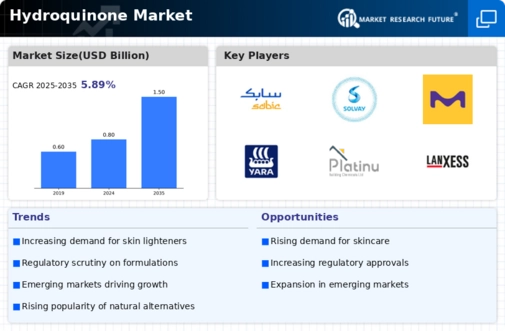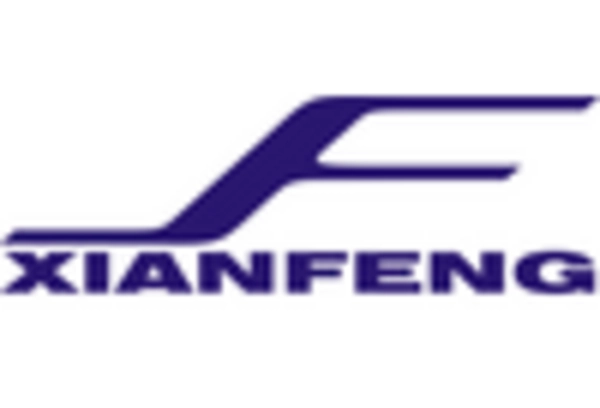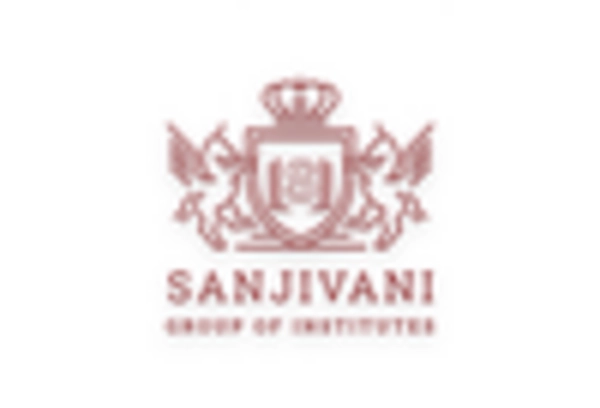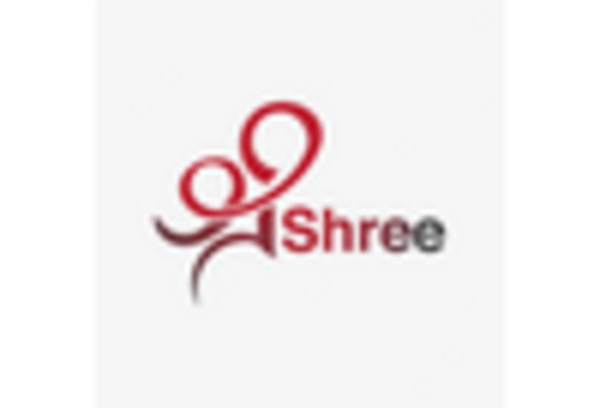Rising Demand in Emerging Markets
Emerging markets are witnessing a significant increase in demand for hydroquinone products, contributing to the growth of the Hydroquinone Market. As disposable incomes rise and urbanization accelerates, consumers in these regions are becoming more aware of skincare products and their benefits. For example, countries in Southeast Asia and parts of Africa are experiencing a surge in the popularity of skin lightening products, with hydroquinone being a key ingredient. Market analysts suggest that this trend could lead to a substantial increase in market share for hydroquinone products in these regions, potentially reaching a valuation of several billion dollars within the next decade.
Increasing Awareness of Skin Health
The Hydroquinone Market is experiencing a notable surge in consumer awareness regarding skin health and aesthetics. This heightened awareness is largely driven by the proliferation of information available through social media and online platforms. Consumers are increasingly seeking products that enhance their skin's appearance, leading to a rise in demand for skin lightening agents like hydroquinone. According to recent data, the skin lightening segment is projected to grow at a compound annual growth rate of approximately 7% over the next five years. This trend indicates a robust market potential for hydroquinone-based products, as consumers prioritize skin health and appearance in their purchasing decisions.
Growing Interest in Anti-Aging Solutions
The Hydroquinone Market is also being propelled by a growing interest in anti-aging solutions among consumers. As the global population ages, there is an increasing demand for products that address signs of aging, such as hyperpigmentation and uneven skin tone. Hydroquinone is recognized for its effectiveness in treating these concerns, making it a sought-after ingredient in anti-aging formulations. Market Research Future indicates that the anti-aging segment is expected to witness a significant uptick, with hydroquinone products playing a central role. This trend suggests a promising future for the hydroquinone market, as consumers continue to seek effective solutions for maintaining youthful skin.
Technological Advancements in Formulation
Innovations in formulation technology are playing a pivotal role in the Hydroquinone Market. Advances in delivery systems and product formulations have enhanced the efficacy and safety of hydroquinone products. For instance, the development of microencapsulation techniques allows for better absorption and reduced irritation, making hydroquinone more appealing to consumers. Furthermore, the introduction of combination therapies that include hydroquinone with other active ingredients is gaining traction. This trend is expected to drive market growth, as consumers are increasingly inclined towards products that offer multifaceted benefits. The market is anticipated to expand as these technological advancements continue to evolve.
Regulatory Support for Cosmetic Ingredients
The Hydroquinone Market is benefiting from a favorable regulatory environment in certain regions. Regulatory bodies are increasingly recognizing the safety and efficacy of hydroquinone when used in appropriate concentrations. This support is crucial, as it encourages manufacturers to innovate and expand their product lines. For instance, some countries have established guidelines that allow for the safe use of hydroquinone in cosmetic formulations, which could lead to a resurgence in product offerings. As regulations continue to evolve, the market is likely to see an influx of new hydroquinone-based products, catering to a diverse consumer base.


















Leave a Comment